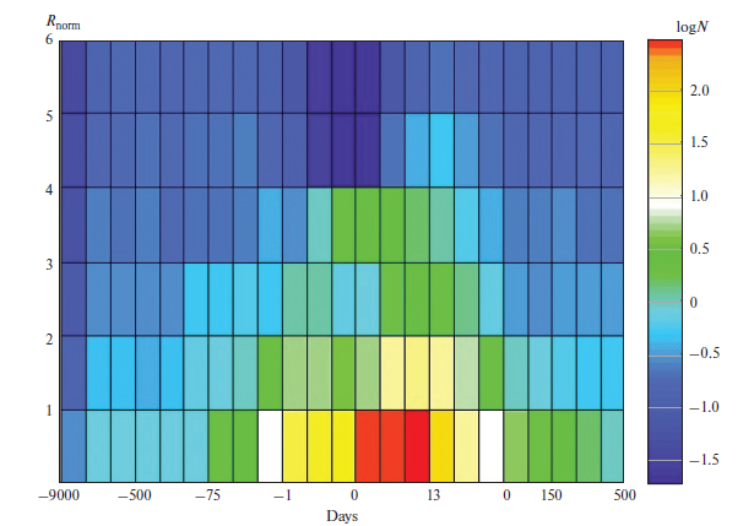It is known that there is no satisfactory physical model of earthquakes. The paradox of seismicity is known, according to which the implementation of seismic slip according to the generally accepted Reid`s elastic rebound model, due to the corresponding values of temperature and pressure, cannot occur at depths of more than several tens of kilometers. To get around these difficulties, models were proposed for the role of the fluid phase and various types of metamorphic transformations in the occurrence of deeper earthquakes.
Experiments confirm that the presence of fluid and the implementation of solid-state transformations really contribute to the development of destruction, but the conditions in the sources of more or less deep earthquakes cannot be fully (and therefore quite convincing) realized in the experiment. Similarity requirements in experiment also cannot be fully realized. Therefore, the question remains controversial.
A number of examples are given, which show that the existence of deformations and stresses required for seismicity is insufficient for the realization of earthquakes deeper than several tens of kilometers. For the occurrence of earthquakes, a certain «factor X» is required, and it can be assumed that this factor is the implementation of sufficiently massive transformations in the source zone; in any case, rather rapid changes in the RT-conditions are required.
According to the analysis of the generalized vicinity of a strong earthquake, two modes of precursor activation were revealed (see figure). The first, long-term, with a duration of years, corresponds to a small background increase in seismic activity. The second, short-term, about a hundred days, describes the power-law growth of foreshock activity. The first one is associated with the phase of «growth in seismic activity potential», which was previously assumed by N.V. Shebalin; it can be assumed that its occurrence corresponds to the activation of metamorphic transformations in this area. The second, short-term, corresponds directly to the development of seismic instability.
Taken together, the data presented in favor of the model of the relationship of most earthquakes with metamorphic transformations, in particular with dehydration reactions.

Source: Rodkin M.V. Earthquake Prediction: Old Expectations and New Results. Seismic Instruments, 2021, Vol. 57, No. 4, pp. 438–445.

